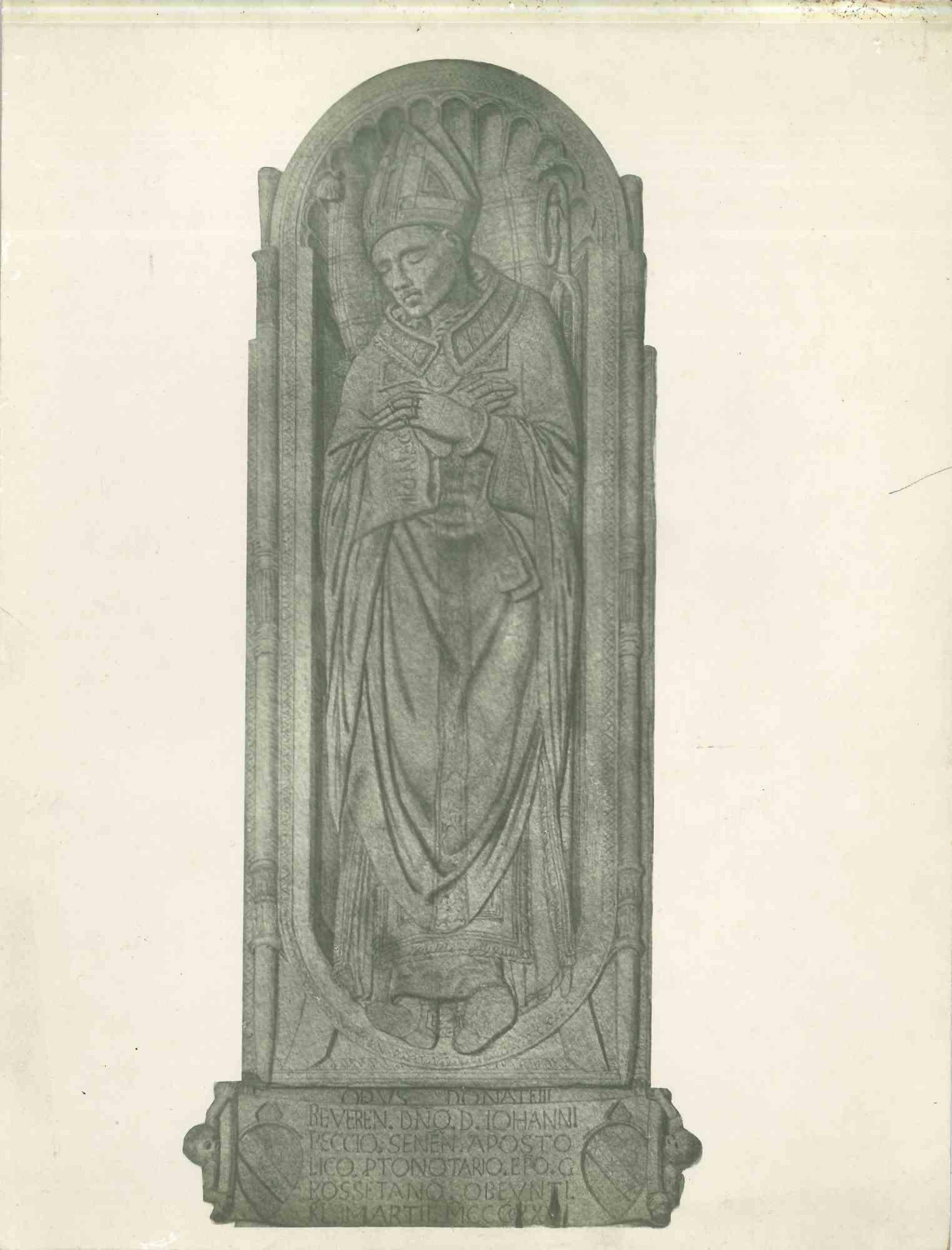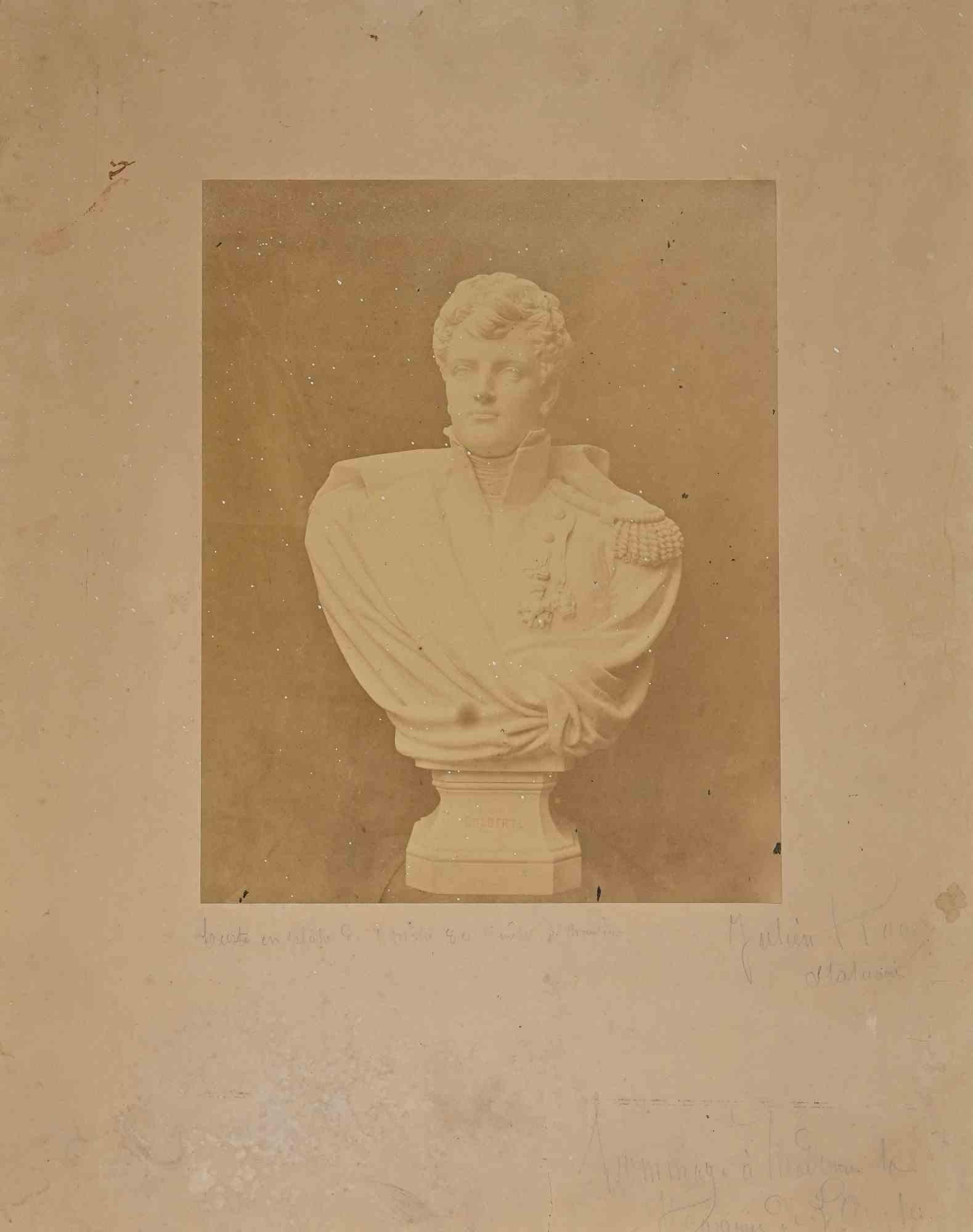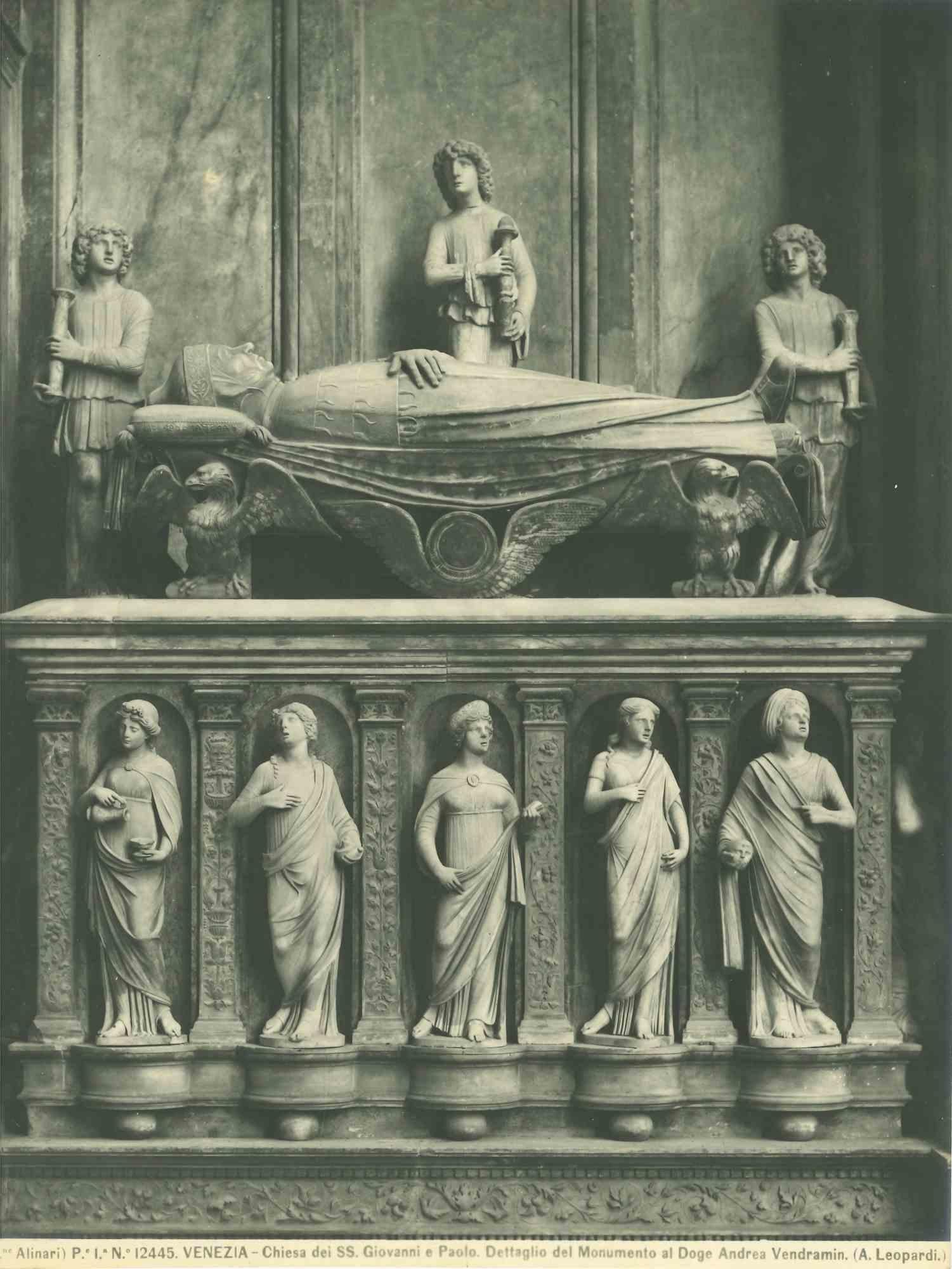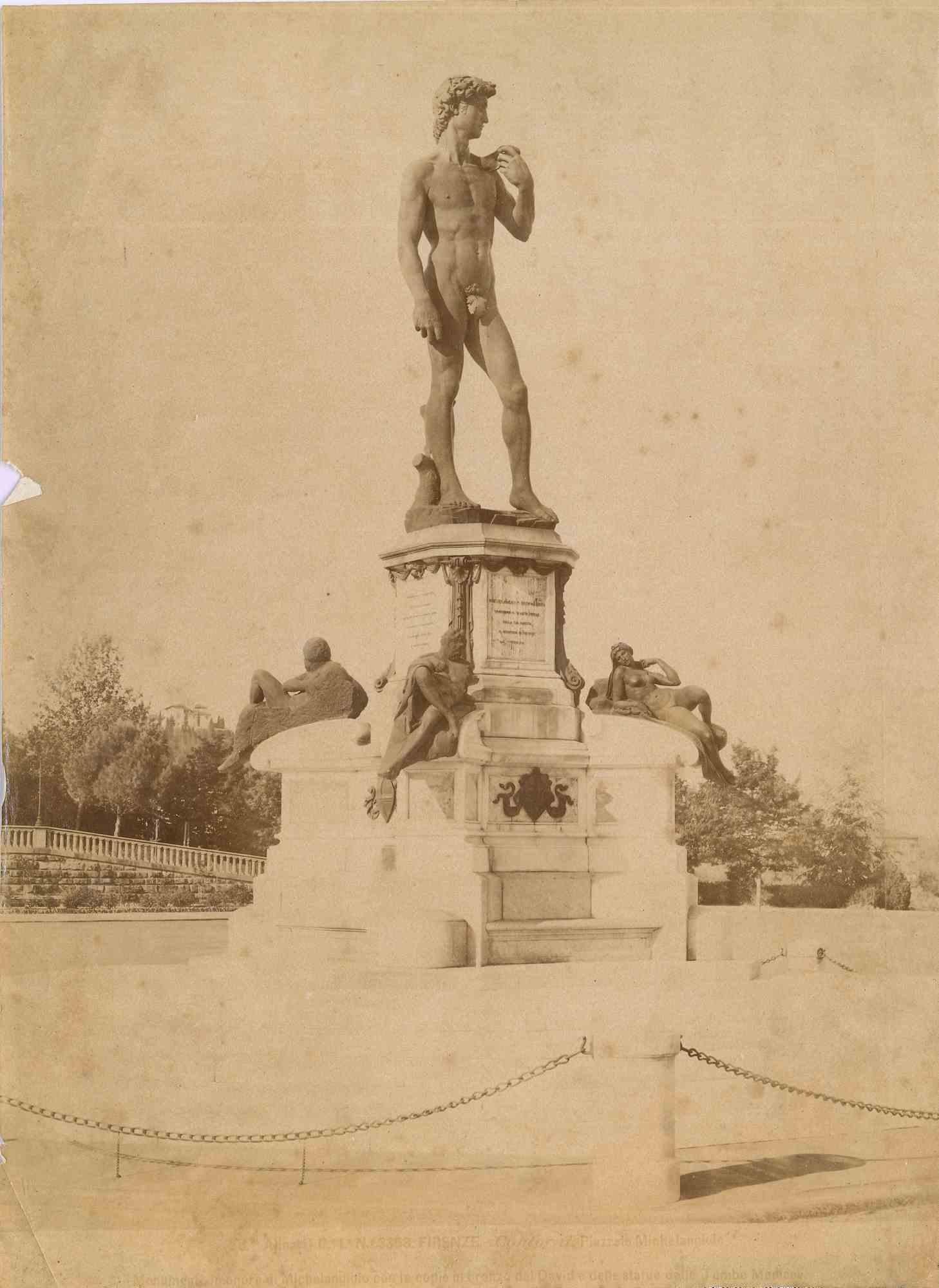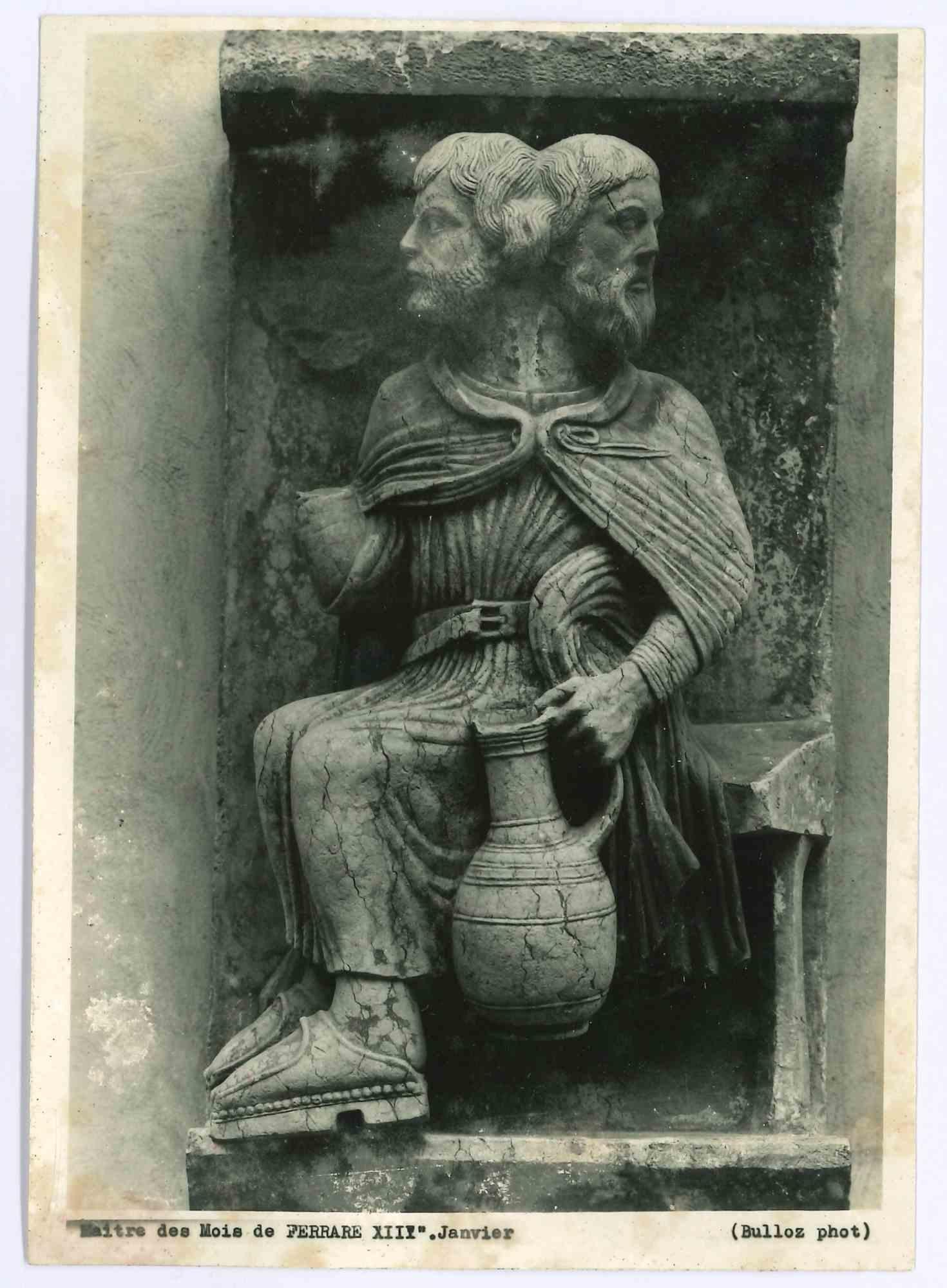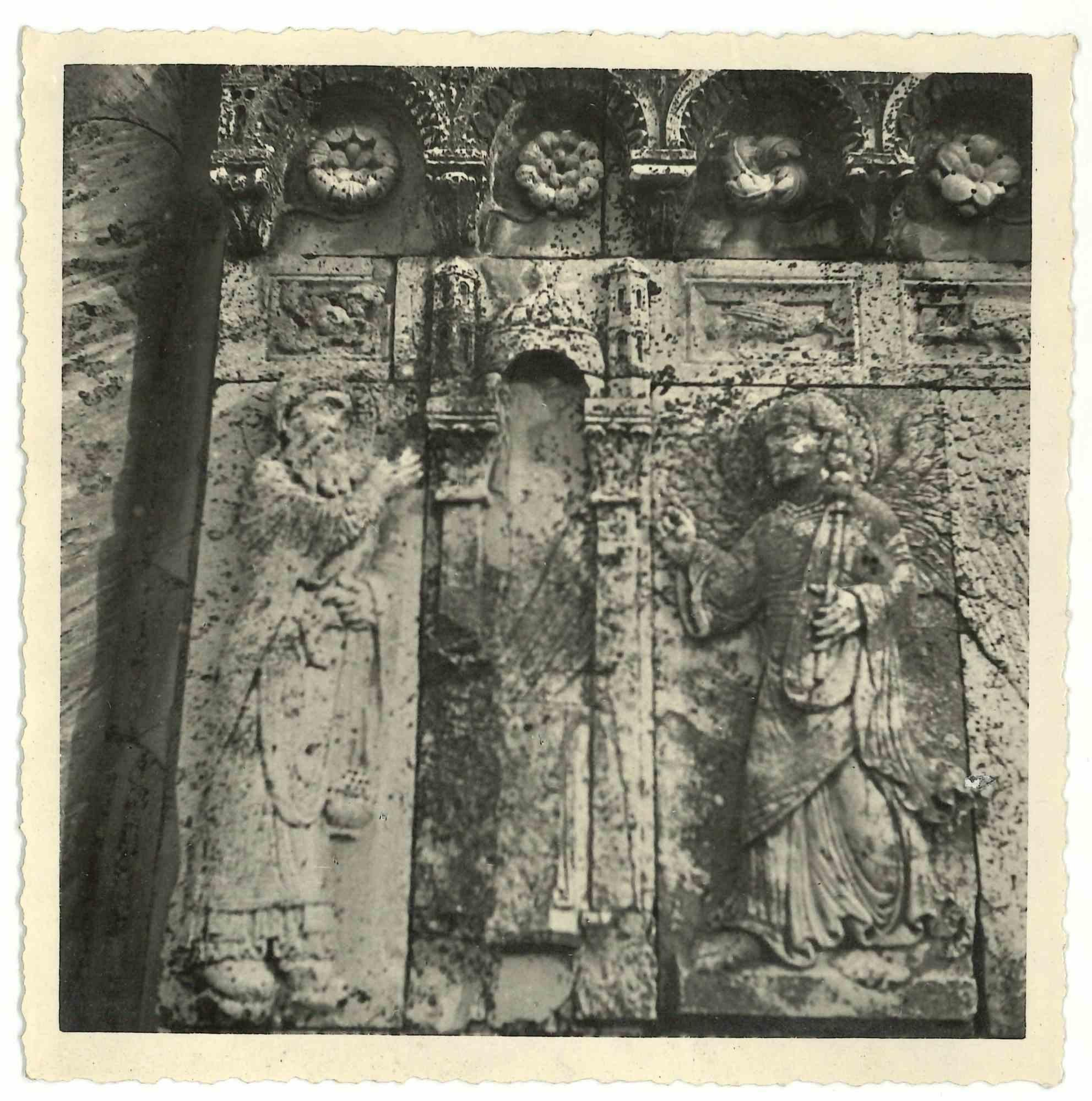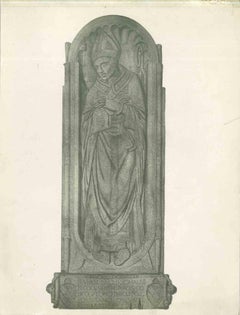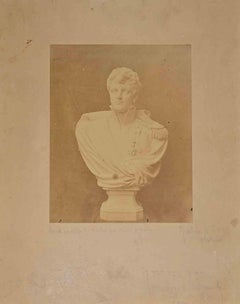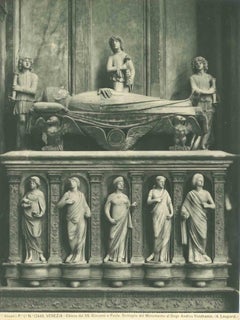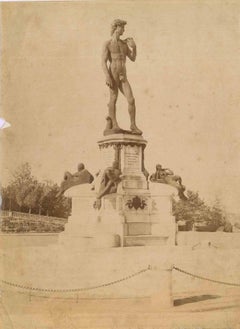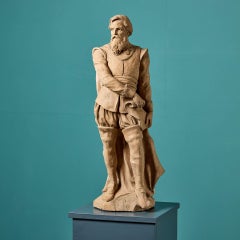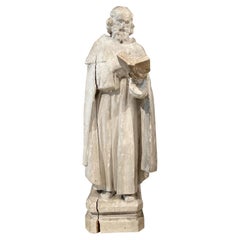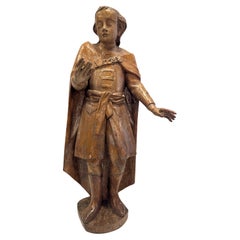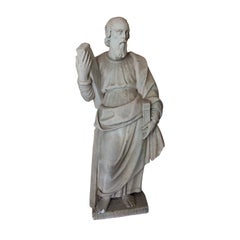Items Similar to Vintage Photo of a Statue by Girolamo Santacroce - Early 20th Century
Want more images or videos?
Request additional images or videos from the seller
1 of 3
UnknownVintage Photo of a Statue by Girolamo Santacroce - Early 20th CenturyEarly 20th Century
Early 20th Century
$71.74
£53.11
€60
CA$99.27
A$109.44
CHF 57.25
MX$1,342.61
NOK 720.72
SEK 673.99
DKK 457.04
About the Item
Vintage Photo of a Statue by Girolamo Santacroce is a vintage black and white photograph realized in the early 20th Century.
Good conditions.
- Creation Year:Early 20th Century
- Dimensions:Height: 9.06 in (23 cm)Width: 6.7 in (17 cm)Depth: 0.04 in (1 mm)
- Medium:
- Movement & Style:
- Period:
- Framing:Framing Options Available
- Condition:Insurance may be requested by customers as additional service, contact us for more information.
- Gallery Location:Roma, IT
- Reference Number:Seller: T-1455061stDibs: LU650313668722
About the Seller
4.9
Platinum Seller
Premium sellers with a 4.7+ rating and 24-hour response times
1stDibs seller since 2017
7,688 sales on 1stDibs
Typical response time: 3 hours
- ShippingRetrieving quote...Shipping from: Grasse, France
- Return Policy
Authenticity Guarantee
In the unlikely event there’s an issue with an item’s authenticity, contact us within 1 year for a full refund. DetailsMoney-Back Guarantee
If your item is not as described, is damaged in transit, or does not arrive, contact us within 7 days for a full refund. Details24-Hour Cancellation
You have a 24-hour grace period in which to reconsider your purchase, with no questions asked.Vetted Professional Sellers
Our world-class sellers must adhere to strict standards for service and quality, maintaining the integrity of our listings.Price-Match Guarantee
If you find that a seller listed the same item for a lower price elsewhere, we’ll match it.Trusted Global Delivery
Our best-in-class carrier network provides specialized shipping options worldwide, including custom delivery.More From This Seller
View AllDonatello, Siena Cathedral - Vintage Photo - Early 20th century
Located in Roma, IT
Donatello, Siena Cathedral- Vintage Photo is a black and white photograph realized in the early 20th century.
Good conditions with foxing.
Category
Early 20th Century Modern Figurative Photography
Materials
Photographic Paper
Statue - Vintage Photograph - Late 19th Century
Located in Roma, IT
Statue - Vintage Photograph is a Photograph applied on a Passepartout realized in the late 19th Century
Good conditions, aged with a cutting on cardboard support on the lower, , Han...
Category
Late 19th Century Modern Figurative Photography
Materials
Photographic Paper
Architecture and Art Photo - S. Giovanni e Paolo Church - Vintage Photo - 1920s
Located in Roma, IT
Architecture and Art Photo - S. Giovanni e Paolo Church is a black and white vintage photo, realized in the 1920s. It belongs to masterpiece of art and architecture album meticulousl...
Category
1920s Modern Figurative Photography
Materials
Photographic Paper
David Statue, Florence - Vintage Photo - Early 20th Century
Located in Roma, IT
David Statue, Florence- Vintage Photo is a black and white photograph of the early 20th century by Anderson
Information is written on the lower in Italian.
Good conditions, aged ...
Category
Early 20th Century Modern Figurative Photography
Materials
Photographic Paper
Mitre des Mois de Ferrare - Vintage Photo - Early 20th century
Located in Roma, IT
Historical Relief- Vintage Photo is a black and white photograph realized in the early 20th century by Bulloz.
Good conditions with foxing.
Category
Early 20th Century Modern Figurative Photography
Materials
Photographic Paper
Medieval Figure Sculpture - Vintage Photograph - 1950s
Located in Roma, IT
Medieval Figure Sculpture is a is a black and white vintage photo, realized in 1950s.
Good conditions and aged.
It belongs to a historical and nosta...
Category
1950s Contemporary Figurative Photography
Materials
Photographic Paper
You May Also Like
Antique Terracotta Statue of a Renaissance Figure
Located in Wormelow, Herefordshire
An antique buff terracotta statue depicting a Renaissance figure possibly by Blanchard. We are also selling a group of 3 similar figures as well as ...
Category
Antique Late 19th Century English Arts and Crafts Statues
Materials
Terracotta
19th Century Italian Hand-Carved Wood Statue
Located in New Orleans, LA
A soulful hand-carved wood statue depicting a saint in quiet contemplation, reading the Bible—rich in devotional detail and aged patina, embodying spiritual reverence and masterful c...
Category
Antique 19th Century Italian Figurative Sculptures
Materials
Wood
Antique Italian Carved Wooden Statue of a Man
Located in Los Angeles, CA
Antique, hand-carved statue of a man with traces of silver gilding.
Category
18th Century Figurative Sculptures
Materials
Wood
16th Century Marble Statue of a Robed Figure
Located in Los Angeles, CA
Fine, hand-carved, Carrara marble, robed figure from central Italy modeled in the Classical, contrapposto pose. The inscription fragment on the base reads "..under the auspices of...".
Category
Antique 16th Century Italian Statues
Materials
Marble
Antica scultura lignea Raffigurazione di Santo - policroma - santo - sculpture
Located in Milano, MI
Antica scultura lignea Raffigurazione di Santo
Descrizione
Antica scultura policroma lignea
Presenta mancanze date dal tempo
1800
Produzione: Ita...
Category
Antique 19th Century Italian Figurative Sculptures
Materials
Wood
Marble Sculpture of a Saint, Late 17th Century
Located in CH
A late 17th century marble sculpture of a saint, possibly Central Italian. Monogrammed on the marble base "F G F."
Category
Antique Late 17th Century Italian Baroque Sculptures
Materials
Marble
